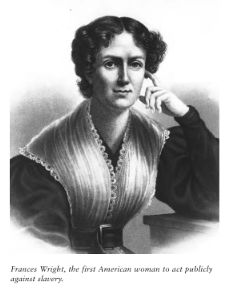Some war events during the summer of 1862 make little news outside of local circles. One example is the sacking and burning of Germantown, Tennessee, a small community near Memphis.
The past two months have witnessed the Federal capture and occupation of the major Tennessee towns of Corinth and Memphis, victories that solidified Union control over the strategic Memphis and Charleston Railroad and its connections. Now, the U.S. is expanding its presence in western Tennessee. And today, the Union Army turns its attention to the community of Germantown, sacking and burning the town.
Little is spared. The town’s Baptist church, established in 1838, is torched. Only the Baptist church’s pulpit Bible is saved. The Methodist church, the oldest in the community, is also burned to the ground. The Baptist meeting house is not rebuilt until 1870.
Having seized control of Germantown, the Union Army, led by the Illinois 49th Infantry Regiment, builds Fort Germantown in April 1863. Constructed to guard the Memphis and Charleston Railroad, the fort is endangered from its beginning, as Confederate raids in the area grow in intensity. Short-lived, the fort is abandoned and burned by Union troops in October 1863.
Germantown, ironically, prior to the war was home to one of the grandest anti-slavery experiments. In 1825, Frances Wright, the first American woman to publicly act against slavery, invested her fortune in nearly 2,000 acres near Germantown, naming her freeman’s colony Nashoba Plantation. Envisioning a place where Africans (purchased by Wright) would work alongside abolitionist whites, receiving structured education and earning their way to freedom, Wright’s efforts ultimately fell far short of her ideal. Poor agricultural land and less-than-ideal management of the program resulted in an end to Nashoba Plantation by 1830, at which time Wright personally financed the relocation of the few remaining colonists to Haiti, where they were freed.
Thus while ending unsuccessfully, Nashoba had been a creative abolitionist attempt. Wright had not been religious, but rather a free thinker. Yet growing religious sentiment against slavery in the North, including that of many Baptists, had, after Nashoba, elevated abolitionist discourse to an entirely new level. And whereas Nashoba and other abolitionist efforts prior to 1861 failed to make a significant dent in the institution of African slavery, the smoldering embers of Germantown–including the Baptist church, from which a slave member, allegedly, rescued the pulpit Bible–serve notice that slavery’s days are now numbered.
Sources: Germantown Baptist Church history (link); Andy Pouncey, “In Times Past…” , a historical sketch of Germantown, from the Germantown Museum (link); “Experience the Civil War Walking Tour in Memphis” (link); “Nashoba Plantation” in Junius P. Rodriguez, The Historical Society of World Slavery, Santa Barbara, Ca.: ABL-CIO, 1997, pp. 459-460 (link);



